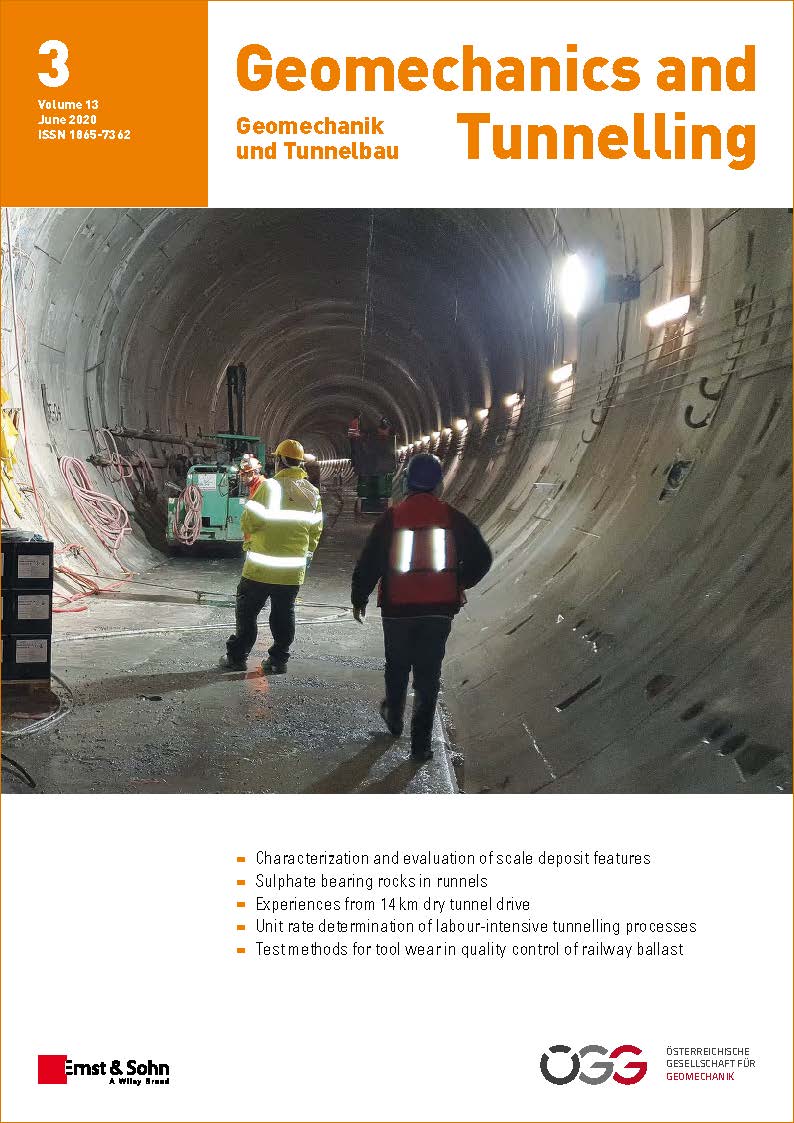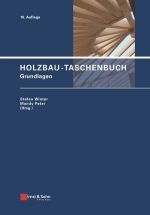15. June 2020
Journal Geomechanics and Tunnelling 3/2020 published
Cover picture:
 The Tren Interurbano rail connection between Toluca and Mexico City includes a 4.7 km long twin-bore tunnel, which was driven by two multi- mode TBMs in heterogeneous geology. During construction of a cross passage between the two parallel tubes, water broke in several times. The section could finally be supported using a combined polyurethane and silicate resin grouting system to fill cavities and seal against water pressure (photo: DSI Underground)
The Tren Interurbano rail connection between Toluca and Mexico City includes a 4.7 km long twin-bore tunnel, which was driven by two multi- mode TBMs in heterogeneous geology. During construction of a cross passage between the two parallel tubes, water broke in several times. The section could finally be supported using a combined polyurethane and silicate resin grouting system to fill cavities and seal against water pressure (photo: DSI Underground)
Table of Contents Journal Geomechanics and Tunnelling 3/2020
- Characterization and evaluation of scale deposit features
- Sulphate bearing rocks in runnels
- Experiences from 14 km dry tunnel drive
- Unit rate determination of labour-intensive tunnelling processes
- Test methods for tool wear in quality control of railway ballast
Recommendations
- Winter, Stefan / Peter, Mandy (eds.)
Holzbau-TaschenbuchGrundlagen
10. Edition – August 2021- XIV, 546 pages
- Hardcover
- German
ISBN: 978-3-433-01805-7available- €99,00
- more


